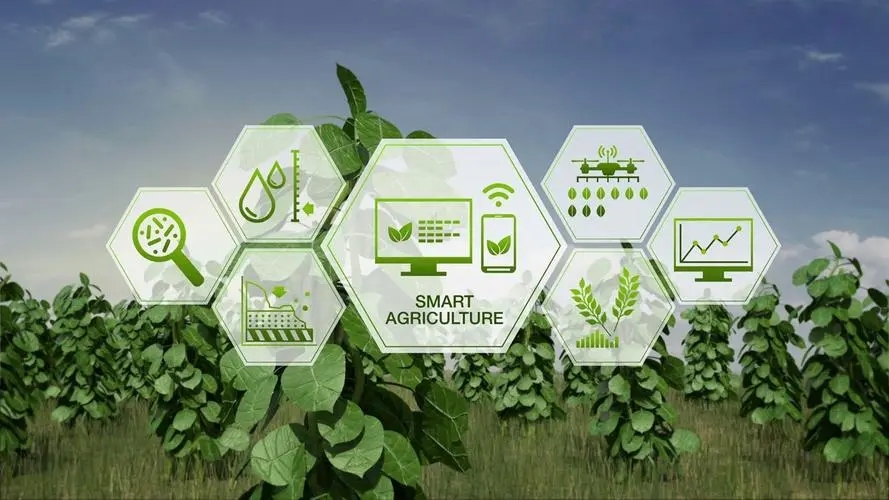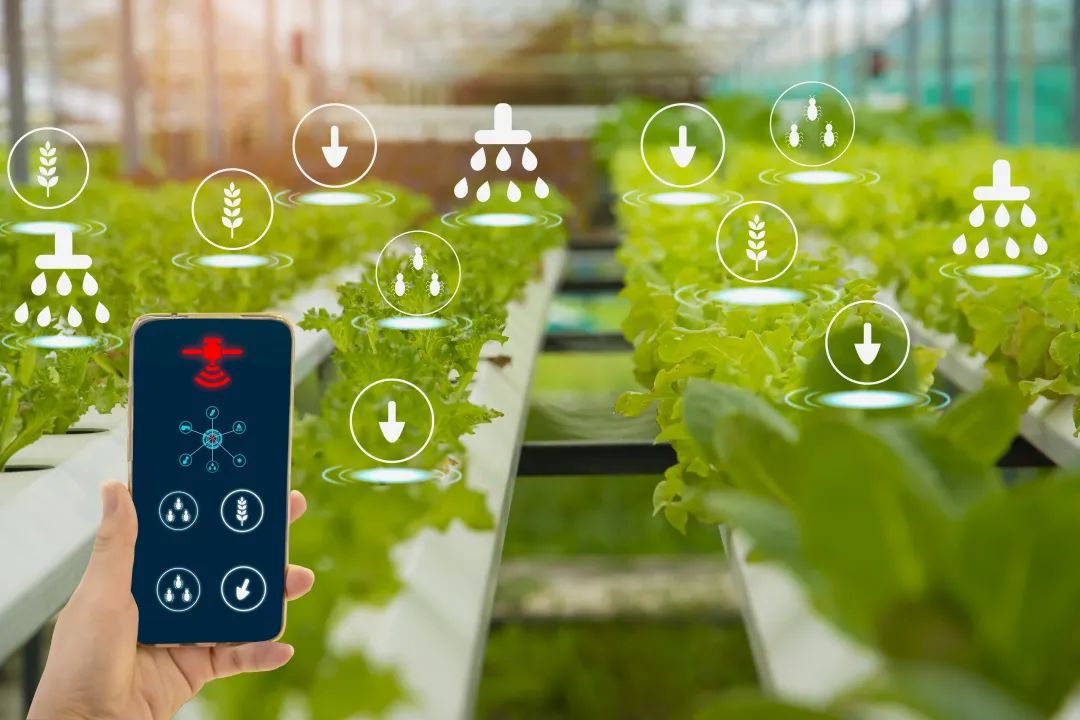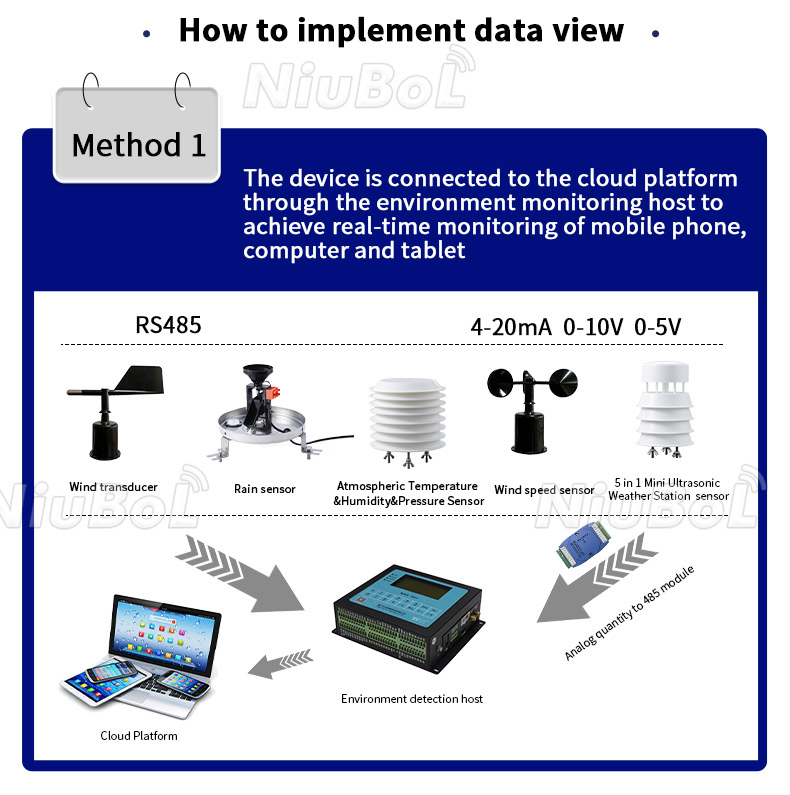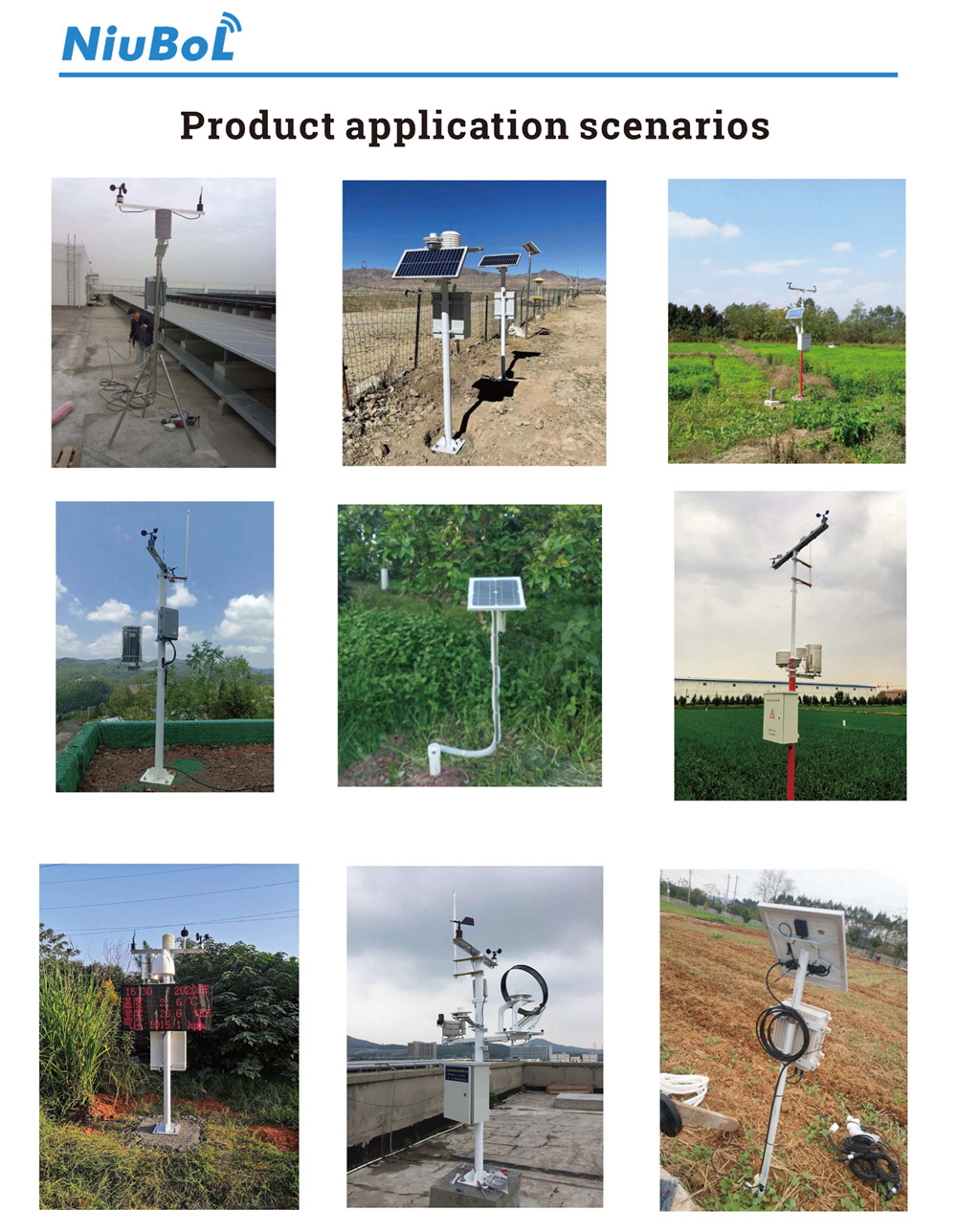

— Blogs —
—Products—
 Consumer hotline +8618073152920
Consumer hotline +8618073152920 WhatsApp:+8615367865107
Address:Room 102, District D, Houhu Industrial Park, Yuelu District, Changsha City, Hunan Province, China
Technical Support
Time:2024-04-14 11:50:04 Popularity:1505
The implementation steps of meteorological and agricultural sensor project can be carried out as per the following process:

1. Needs analysis:
Determine project objectives: specify that the project aims to improve agricultural productivity, reduce resource wastage, improve crop yield and quality, etc.
Understanding Farmers' Needs: Research farmers' needs for weather and agricultural sensors to understand their concerns and indicators of interest.
Analyze existing resources: Assess existing resources such as land, equipment, technical capacity and budget.
2. Select suitable sensors:
Based on the results of the needs analysis, select suitable meteorological and agricultural sensors. Consider factors such as sensor accuracy, reliability, cost and ease of use.
Purchase or lease sensors: Based on the budget and needs, decide to purchase or lease sensors.
3. Equipment installation and deployment:
Install sensors on farmland or other relevant locations to ensure that they are positioned to cover critical areas.
Connecting Sensors : Connect the sensors to the data collection and transmission system to ensure real-time or periodic transmission of data.

4. Data collection and transmission:
Configure the sensors and data collection systems to ensure they are functioning properly and collecting the required data.
4.1. Data collection: sensors are installed in farm fields, weather stations, or other relevant locations to collect data in real time or at regular intervals. These data may include temperature, humidity, soil moisture, nutrient levels, rainfall, light, and so on.
4.2. Data transmission: the collected data are transmitted to the data receiving and management system through a wireless network or other communication channel. This may require the use of Internet of Things (IoT) technology, satellite communications or 4G, 5G cellular networks.

5. Data processing and analysis:
Establish a data processing and analysis platform for storing, cleansing, organizing and analyzing the collected data.
Apply data analysis models and algorithms to extract useful information and provide decision support to farmers for planting, irrigation, and fertilization.
5.1. Data pre-processing: transmitted data may need to be cleaned, validated and formatted to ensure data quality and consistency. This process is usually carried out at the receiving end of the data or at the data center.
5.2. Data storage: The pre-processed data is stored in a database or data warehouse for easy analysis and retrieval. When storing data, the structure, indexing, and correlation of the data need to be considered to support subsequent data processing and analysis.
5.3. Data integration: integrating sensor data with existing agricultural management systems (e.g. farm management systems, crop management systems, weather forecasting systems, etc.). This may involve development of data interfaces, consistency of data models, and customized modifications to existing systems.
5.4. Data analysis and decision support: Data integration allows data to be analyzed through data analysis tools and models to provide farmers with decision support for planting, irrigation, fertilization, pest control, etc. This may involve advanced data analytics, machine learning and artificial intelligence techniques.
6. User interface and feedback:
Develop user-friendly interfaces to present analysis results and decision-making recommendations to farmers.
Provide feedback mechanisms where farmers can provide feedback on the effectiveness of their decisions in order to continuously optimize models and strategies.
7. Training and support:
Provide training to farmers to help them understand and master the interpretation and use of sensor data.
Provide technical support to answer questions farmers encounter during use to ensure the smooth running of the program.
8. Monitoring and maintenance:
Regularly monitor the sensors and data systems to ensure they are functioning properly.
Perform necessary maintenance and calibration to maintain data accuracy and reliability.
9. Evaluation and optimization:
Regularly evaluate the effectiveness of the program to understand the impact of sensor data on agricultural production.
Based on the assessment results and farmer feedback, continuously optimize the sensor configuration, data processing, and decision support models.
By following the steps above to plan and implement a weather and agricultural sensor project, it is possible to improve the efficiency of agricultural production and help farmers make more informed decisions, resulting in higher crop yields and quality and less wasted resources. For example, a typical integration process might be: data collected by soil moisture sensors is transmitted to the cloud where it is combined with data from weather stations and satellite imagery. This combined data is then analyzed to predict crop needs and potential pest and disease risks. The results of the analysis are pushed to farmers via a mobile app, who can use this information to decide when to irrigate and fertilize. In this way, sensor data and agricultural management systems are combined to improve the efficiency and effectiveness of agricultural production.

When implementing weather and agricultural sensor technologies, farmers may face the following key challenges:
1. cost issues: high-performance sensors and data processing systems can be expensive, which is a significant investment for some small-scale farmers.
2. technical thresholds: farmers may lack the necessary technical knowledge and experience to install, operate and interpret sensor data.
3. Data management: The amount of data collected can be very large and requires effective data management and analysis tools to extract useful information.
4. Infrastructure constraints: In some rural areas, internet and communication infrastructure may be inadequate, which can affect the real-time transmission and reception of data.
5. Power supply: Sensors and data processing centers usually need a stable power supply, but in some areas, the power supply may be unstable.
6. technical maintenance: sensors and systems may require regular maintenance and calibration to ensure data accuracy.
7. Market access: Even if farmers are able to collect and analyze data, they may face challenges in translating these data into actual market advantages.
8. weather and environmental factors: extreme weather and environmental changes can damage sensors or affect the accuracy of data collection.
9. Policy and support: Lack of government policy support and guidance, as well as inadequate agricultural extension services, may prevent farmers from adopting these new technologies.
10. Training and education: Farmers may need to be trained and educated to better understand and utilize sensor data to improve agricultural productivity.
To overcome these challenges, collaboration between government, the private sector and academic institutions may be needed to provide financial subsidies, technical support and training services to help farmers effectively implement and utilize meteorological and agricultural sensor technologies.
Related recommendations
Sensors & Weather Stations Catalog
Agriculture Sensors and Weather Stations Catalog-NiuBoL.pdf
Weather Stations Catalog-NiuBoL.pdf
Related products
 Combined air temperature and relative humidity sensor
Combined air temperature and relative humidity sensor Soil Moisture Temperature sensor for irrigation
Soil Moisture Temperature sensor for irrigation Soil pH sensor RS485 soil Testing instrument soil ph meter for agriculture
Soil pH sensor RS485 soil Testing instrument soil ph meter for agriculture Wind Speed sensor Output Modbus/RS485/Analog/0-5V/4-20mA
Wind Speed sensor Output Modbus/RS485/Analog/0-5V/4-20mA Tipping bucket rain gauge for weather monitoring auto rainfall sensor RS485/Outdoor/stainless steel
Tipping bucket rain gauge for weather monitoring auto rainfall sensor RS485/Outdoor/stainless steel Pyranometer Solar Radiation Sensor 4-20mA/RS485
Pyranometer Solar Radiation Sensor 4-20mA/RS485
Screenshot, WhatsApp to identify the QR code
WhatsApp number:+8615367865107
(Click on WhatsApp to copy and add friends)
